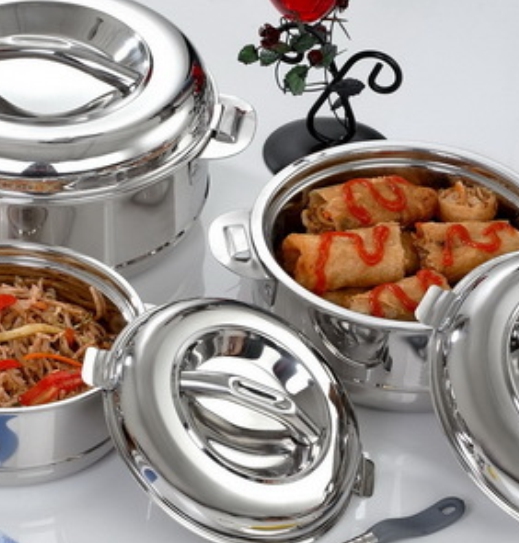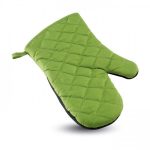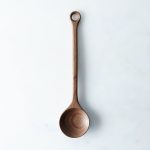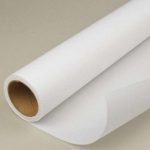
Q: We can often see the advertisements, read microwave oven manuals and even watch cartoons for kids, where they tell us not to put any steel objects inside the microwave oven. But if we look closer at the device, we can see that the surface of the microwave both outside and inside is made of steel. Why is it so dangerous to microwave steel?
Can Steel Go In the Microwave?
To begin with, you should never put any metals in the microwave oven.
In fact, we constantly put steel in the microwave.
We start from the moment when we close its door, since it’s covered with a special aluminum lining.
This is not dangerous since the lining is specially designed to absorb the micro-radiation emitted by the oven itself.
Also, it slightly roasts the outer surface of the food that is placed in the microwave.
In addition, the internal coating of any microwave oven is also made of metal.
If you look closely at the microwave cover, you can see that there are tiny holes which do not let the microwave radiation out.
What Happens to Steel in the Microwave Oven?
The essence of the microwave is very simple:
- A magnetron (a powerful electronic lamp that generates microwaves) is connected to a source of electricity
- The magnetron directs the rays straight to the metal box
- The generated microwaves “travel” through the entire space of the oven until they are absorbed by food, resulting in heat release
At the same time, metals are good conductors of electricity.
Depending on the shape, composition and density of the steel, you can notice some heating of it in a microwave oven or a complete lack of heating.
Besides, sometimes it’s possible to notice the electric arc on the steel.
Anyway, microwaving steel gives you a piece of metal charged with electrons.
Does Microwaving Steel Do Harm to People or Devices?
Excessive number of electrons might cause electrical breakdown.
The electrons transit to another metal surface in the microwave (most often to the lid).
If you microwave steel, it will most obviously result in the following discharges:
- Break your microwave oven
- Damage the health of the user
- Make holes in the wall behind the oven
- Disrupt the electrical wiring in the house
- Damage the design of the microwave
- “Freely walking” radiation from the magnetron
A dish covered with aluminum foil, or a metal container can also break the magnetron in the oven.
A huge set of non-absorbed energy is created, which has nowhere to go, except back into the magnetron, causing him great harm.
A basic rule of any microwave oven manual is not to place metal-containing objects inside. You can damage the oven, the wiring in the apartment and notice belated health problems.
What Happens To Steel Utensils in the Microwave?
Steel objects with sharp edges, like a fork or a knife, can melt or cause electric discharge.
Dishes containing metal strips can get overheated and destructed, because density of the induced currents is extremely high.
A stainless steel spoon will heat in the microwave and start heating your soup or tea.
Some of the microwave ovens have a label that prohibits placing a glass of tea in the microwave without a spoon in it (i.e. an empty glass.)
Not all of the devices allow this. Please, check your manual and labels.
Metal skewers for stringing meat or vegetables can go in the microwave (such cutlery has small reflecting areas which is not dangerous.)
If you hear cracking or arcing, turn off the device.
Repeated arcing can even burn tiny holes in the door or walls of your microwave oven.
Replace the steel container with a glass or ceramic one, or use another device to heat or cook the food.



